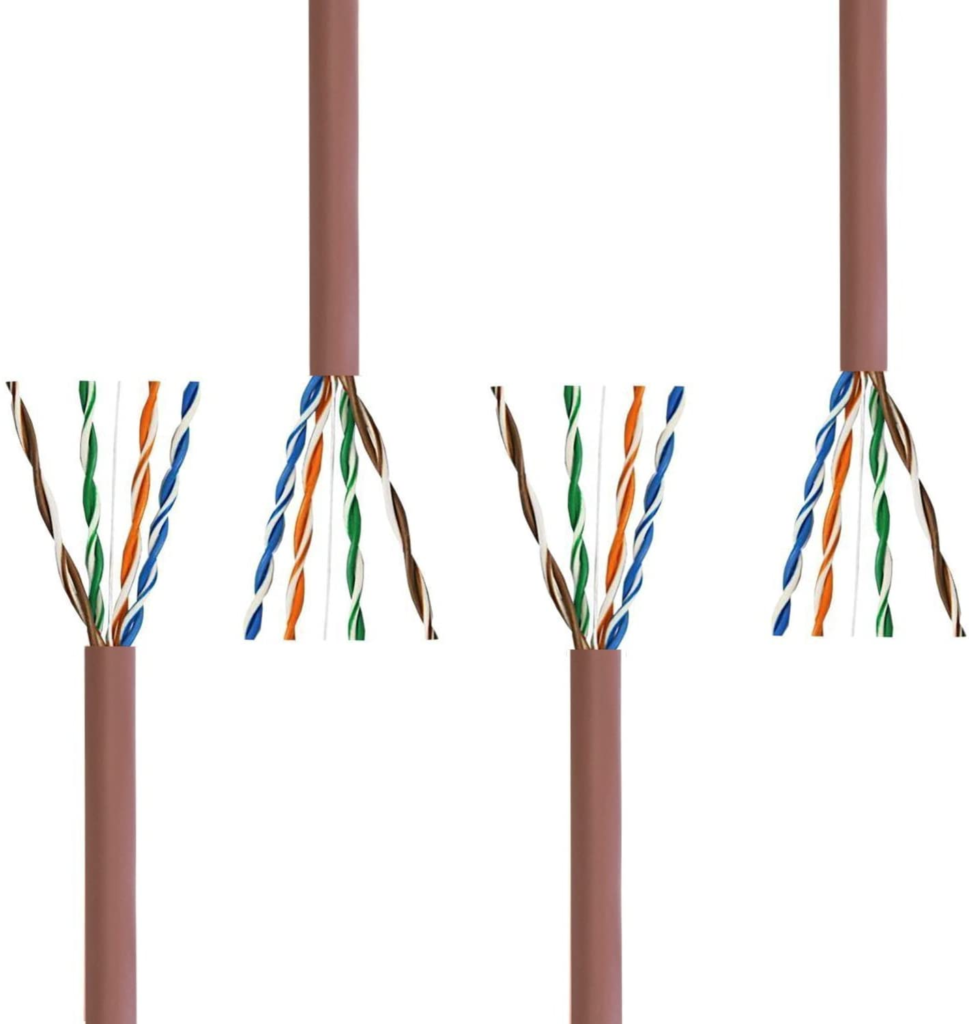
Composite Copper: Also known as synthetic copper, it includes copper-clad aluminum and copper-clad steel. This material has a low ignition point, is not heat resistant, and easily generates heat.
Pure Copper: Made entirely from copper materials, it has high flexibility and excellent conductivity but is more expensive.
Tinned Copper: Tinned copper has a layer of tin coated on the copper, which makes it relatively more durable and resistant to oxidation.
Composite Copper (Copper-Clad Aluminum) Wire: Has high resistance and significant energy (power) loss.
The lifespan of composite copper wire is shorter than that of pure copper: In terms of swinging, stretching, and bending, composite copper is more prone to breakage.
The wire is not durable when left idle: The wire core may not charge, and in severe cases, it may corrode to ash.
Composite copper has poor high-temperature resistance: During fast charging, it may cause the phone to overheat and shut down.
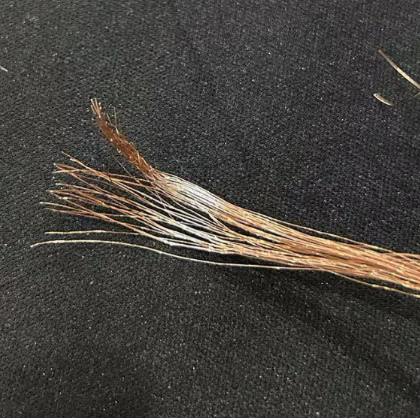
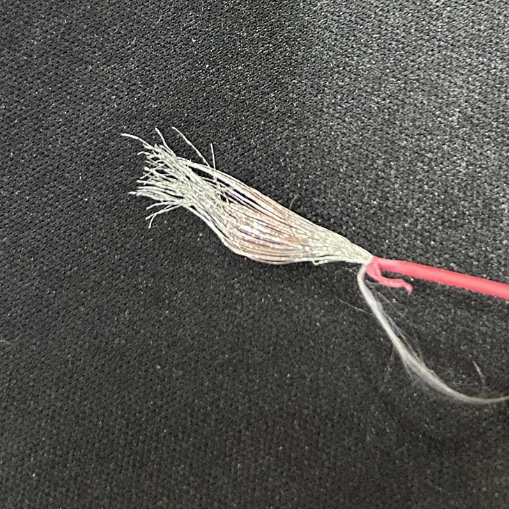
Identifying Wire Cores:Scrape the surface of the wire core with a knife; different core materials display different colors:
Pure Copper: Has a uniform copper color from inside to outside.
Tinned Copper: Appears brass-colored after scraping.
Copper-Clad Steel and Copper-Clad Aluminum: The cross-section is white, with only a thin outer layer of copper color.
Pure Copper Wire: Appears red.
Copper-Clad Aluminum: Softens and droops, appears whitish and powdery.
Copper-Clad Steel: Sparks when burned and emits a strong odor.
Tinned Copper: Turns black after burning; scraping the surface reveals bright copper color underneath.
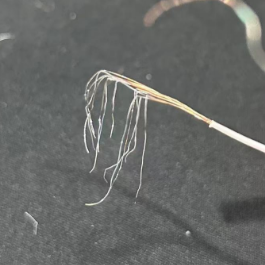
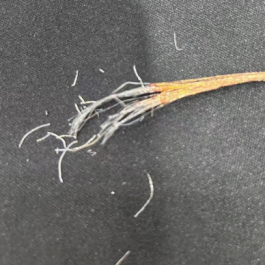
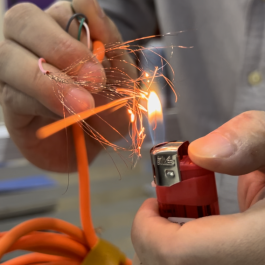
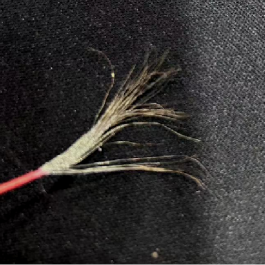
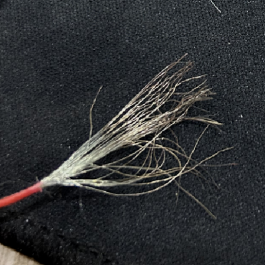
Pure Copper Wire: Appears red. Copper-Clad Aluminum: Softens and droops, turning whitish and powdery.
Copper-Clad Steel: Sparks when burned and emits a strong odor.
Tinned Copper: Turns black after burning; scraping the surface reveals bright copper color underneath.